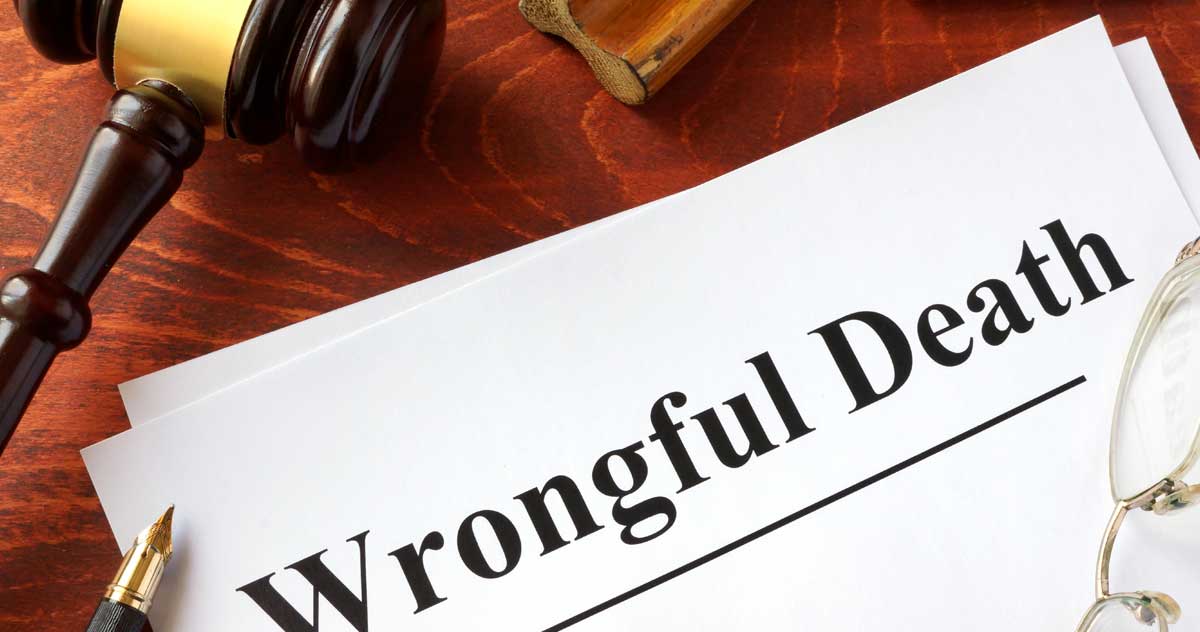If you have been injured and have filed a personal injury lawsuit against someone or a business, it is important to understand the various defenses the other party might use to defend themselves. Defense lawyers will use strategic preparation, evidence gathering, negotiation skills and, sometimes, a robust legal defense in court if the case goes that far and a settlement isn’t reached beforehand. Here at What’s My Case Worth, we have provided an overview of the key defenses used by opposing lawyers in a personal injury case.
Comparative Fault Defense in Texas
Texas applies a modified comparative fault rule, meaning a plaintiff’s ability to recover damages can be reduced based on their share of fault for the accident. If a plaintiff is less than 50% at fault for their injuries, their recovery amount will be reduced by their percentage of fault. So if they are found 25% at fault, their final damage award will be reduced by 25%. However, if a plaintiff is found to be more than 50% at fault, they cannot recover any damages under Texas law.
Establishing comparative fault rests on the defendant presenting evidence and arguments illustrating how the plaintiff acted negligently and failed to act reasonably, contributing to the incident and injuries. For example, evidence may be presented on a plaintiff not paying attention while driving, ignoring hazards, violating traffic laws, or failing to take due care in activities leading to the incident. Defendants allege that had the plaintiff acted more reasonably, the incident could have been avoided or injuries mitigated.
Assumption of Risk
Under Texas law, it may be possible for the other side to defend against a personal injury claim by arguing the plaintiff knowingly and voluntarily assumed the risk associated with the activity that led to their injuries. Defendants can argue that by choosing to encounter a known risk, the plaintiff absolved others of liability.
For an assumption of risk defense to succeed in Texas, several factors must be met – the plaintiff must have had actual subjective awareness and appreciation of the risks involved, which are not normally associated with the activity at hand. For high-risk activities like auto racing, risky amusement park rides, or extreme sports, an adequate warning about potential dangers may establish assumption of risk. Defendants may also provide evidence that the plaintiff had experience and expertise with the activity in question and thus were well aware of and accepted associated risks.
Overall, the assumption of risk doctrine can allow defendants to avoid liability for injuries from activities which are inherently and obviously dangerous, provided it can be shown the plaintiff made an informed decision to encounter the risk anyway.
Pre-existing Condition Defense
Under Texas law, the damages a plaintiff can recover in a personal injury case must be causally related to the negligence of the defendant. As such, defendants may argue that all or part of a plaintiff’s injuries stem from a pre-existing medical condition, rather than the accident itself.
To establish this defense, the focus is put on the plaintiff’s medical history. Defendants will attempt to demonstrate through medical records, imaging studies, expert testimony, and other evidence that the plaintiff had relevant symptoms, injuries, or conditions prior to the incident in question. For example, if a plaintiff already had documented back problems, a defendant may allege that a post-accident back surgery was not causally linked to a car accident, but rather the pre-existing back condition.
Ultimately, arguing pre-existing conditions requires substantiating that the plaintiff’s past health issues independently contributed to their current injuries and treatment costs. If successful, this can limit the defendant’s liability and reduce the damages owed to the plaintiff for the personal injuries claimed. However, Texas law allows a plaintiff to recover for an aggravation or exacerbation of a pre-existing condition.
Gather Evidence
A personal injury case often comes down to evidence, so an experienced personal injury lawyer will start gathering anything they can use to help your case. Key evidence categories can include:
- Photographs and video – Of the accident scene, areas in question, damage or injuries. These can visually contradict the defendant’s version of events.
- Medical records – Indicating nature and extent of injuries. Often more objective than the defendant’s claims.
- Expert opinions – Like accident reconstruction or bioengineering analysis on cause of injuries.
- Financial information – Related to claimed lost wages or earning potential. Can help prove monetary damages.
- Witness statements – From anyone familiar with the incident, parties involved or claims being made. Can directly strengthen allegations.
Work with the Right Personal Injury Lawyer
Finding the right personal injury lawyer to handle your case is important. You need an attorney with the necessary experience, resources, and commitment to fight for maximum compensation for your injuries and losses. Here are key tips for choosing an effective personal injury lawyer.
Specialization Matters
Seeking out a lawyer who concentrates specifically on personal injury law is highly advised. Those who focus on this complex area will have the litigation experience and expertise in personal injury statutes and case law to successfully build and argue your case. Verify specialization by checking biographies, representative cases, and client reviews.
Do a Background Check
Don’t just take a firm’s word for their capabilities. Research their track record of results by looking up past case verdicts and settlements. Also verify credentials on sites like Avvo that rate lawyers based on experience, peer reviews, professionalism, and more. Favor attorneys with a proven history of large settlements and verdicts in injury cases similar to yours.
Find an Aggressive Litigator
Since most personal injury cases settle out of court, you want a lawyer who can put pressure on insurance companies via demanding legal filings, evidence compilation, persuasive arguments, and willingness to go to trial if needed to secure the best payout. Ask candidates about their litigation strategies and settlement rates to gauge their capability and style.
Compare Multiple Options
Consult with several qualified personal injury firms before deciding. Ask questions about their specialties, past relevant cases, settlement averages, fees structures, and overall approaches. Comparing several candidates helps you make the most informed choice for your situation.
Assess the Attorney Dynamic
Make sure you choose a personal injury lawyer you feel comfortable with. You want an attorney who is empathetic, responsive to your needs, and can clearly communicate complex legal issues in understandable ways. The right lawyer-client relationship goes a long way toward building a case and easing the legal process during an already difficult time.
Partner with an attorney from What’s My Case Worth who has the skill and resolve to help you obtain the maximum compensation possible.
Contact our legal team at What’s My Case Worth if you think you have a case.







